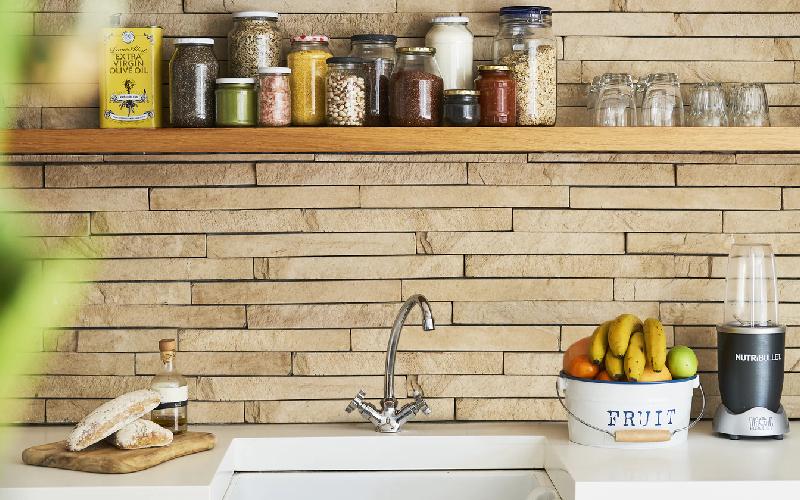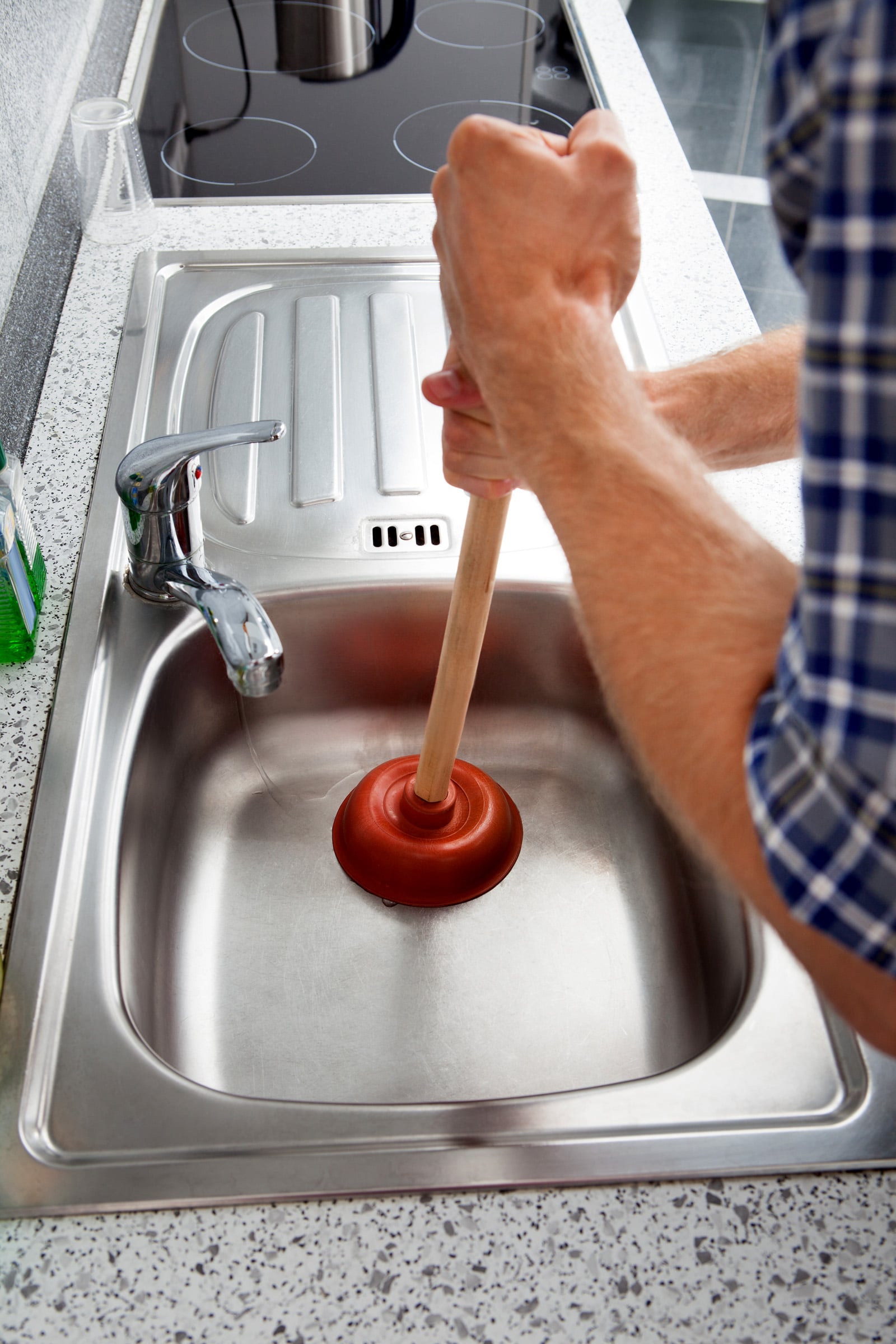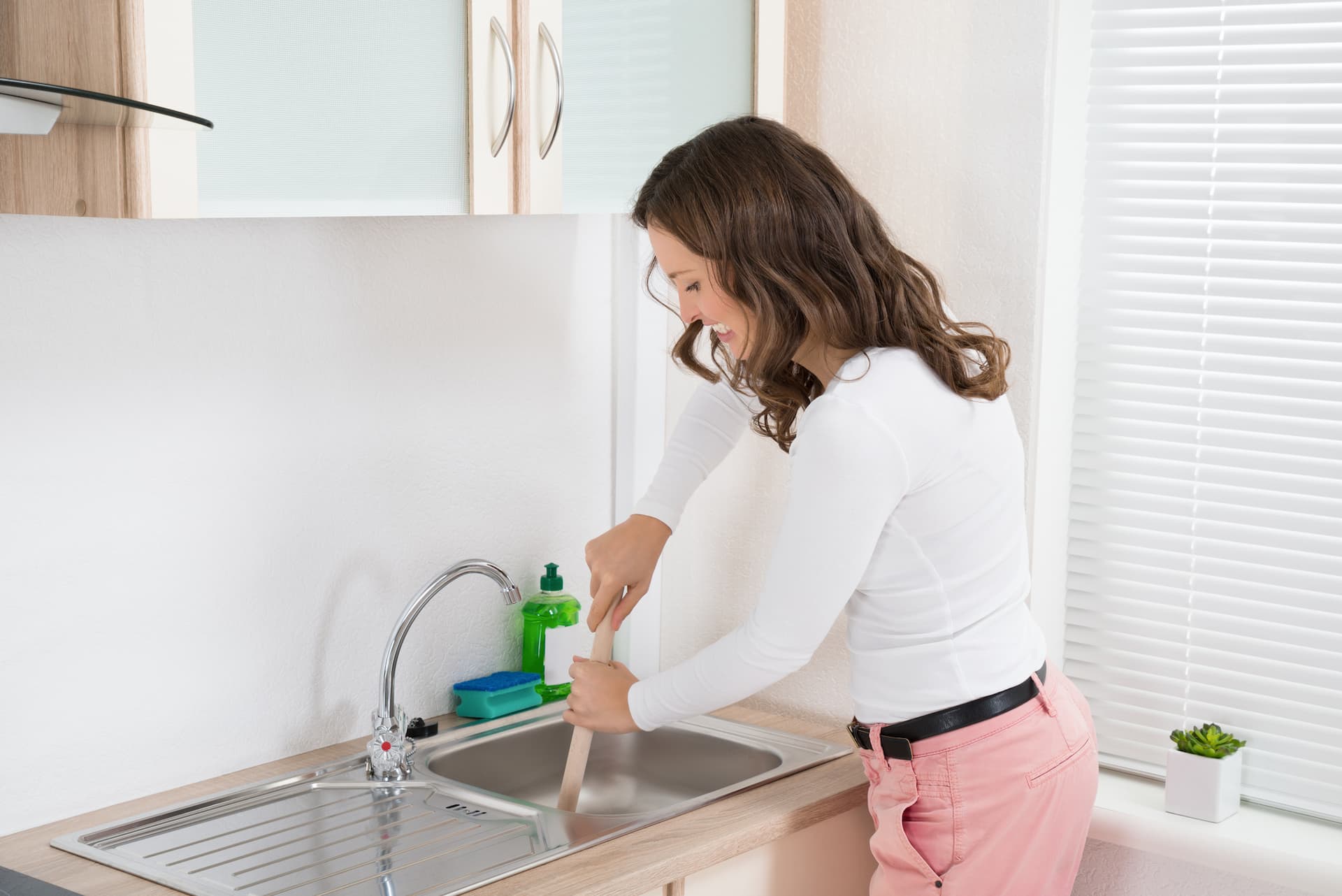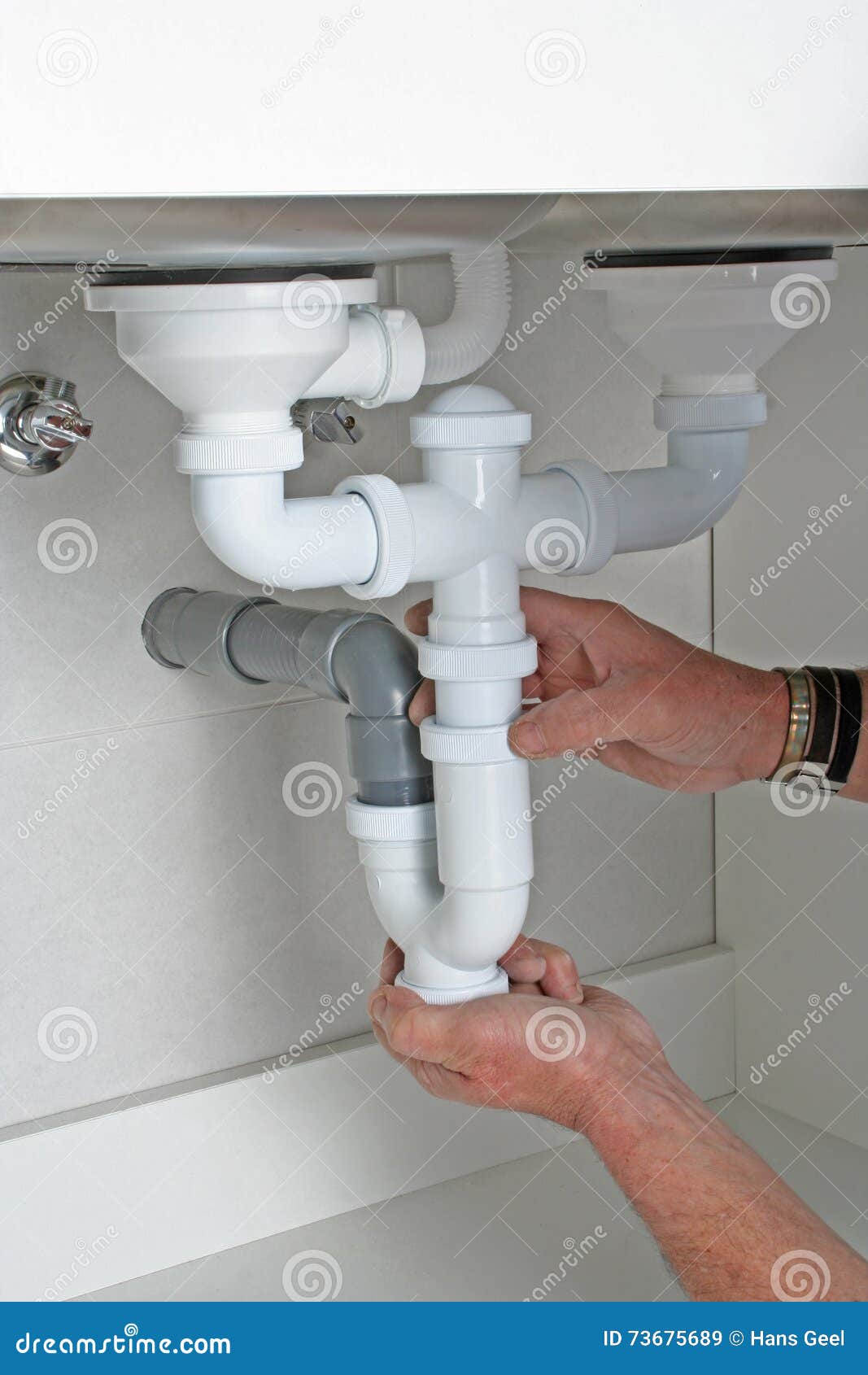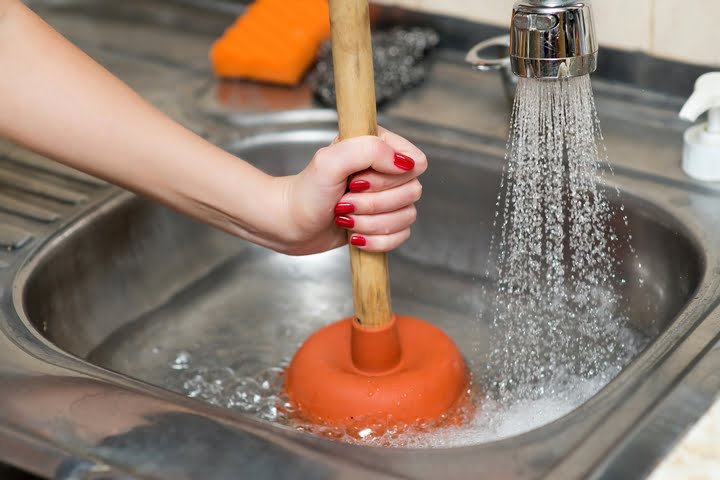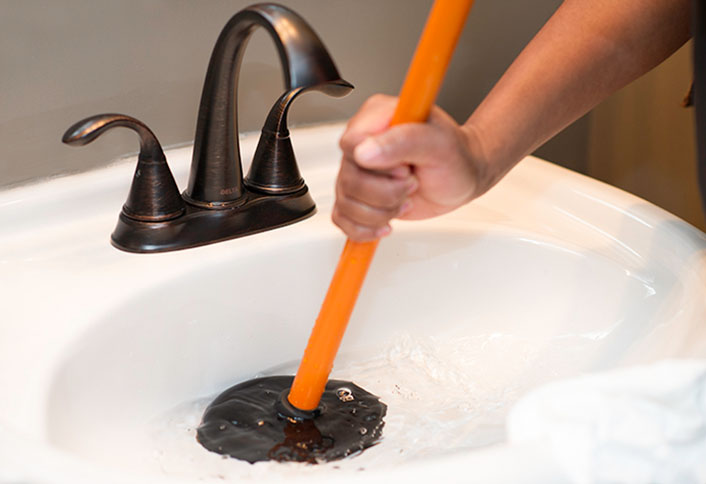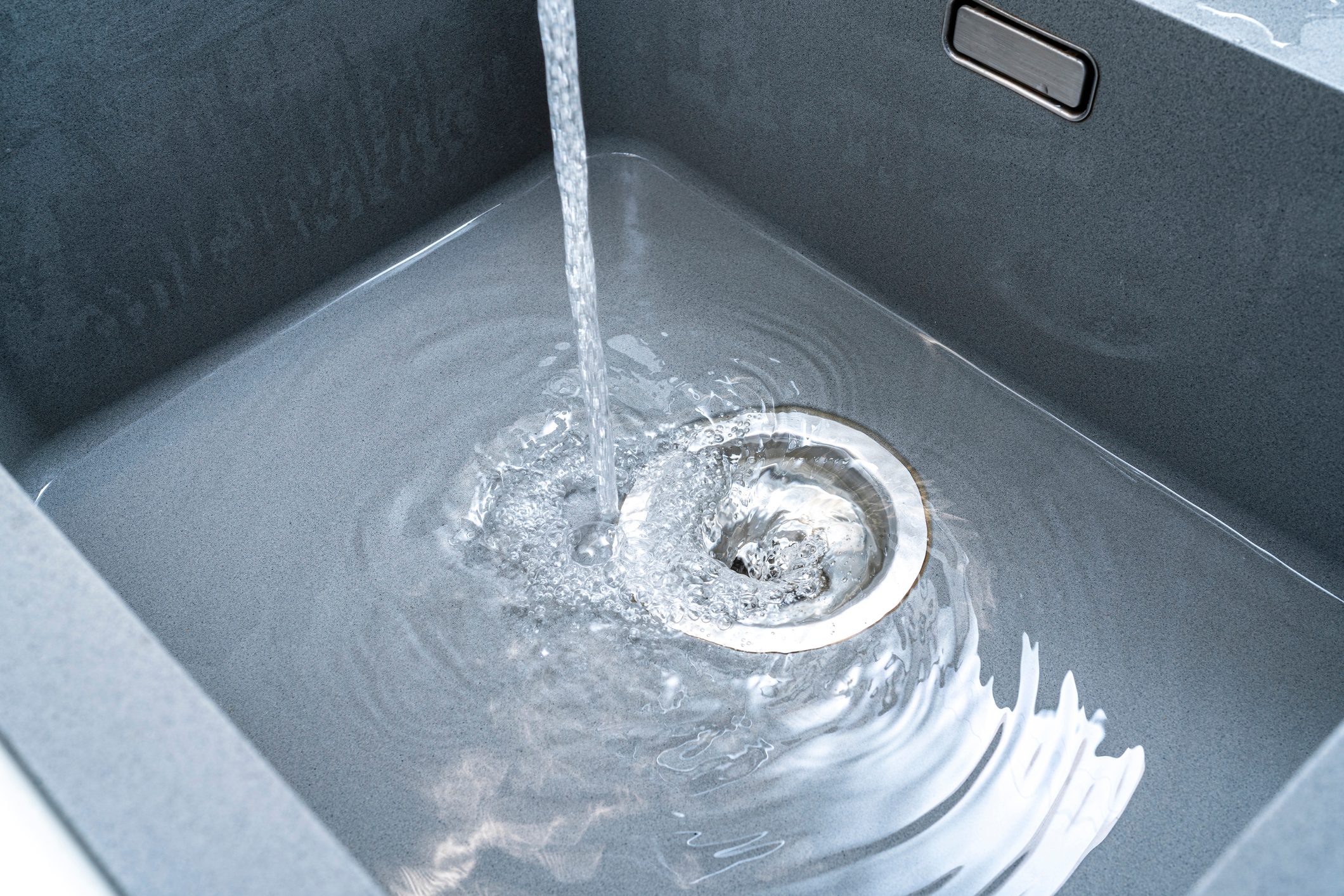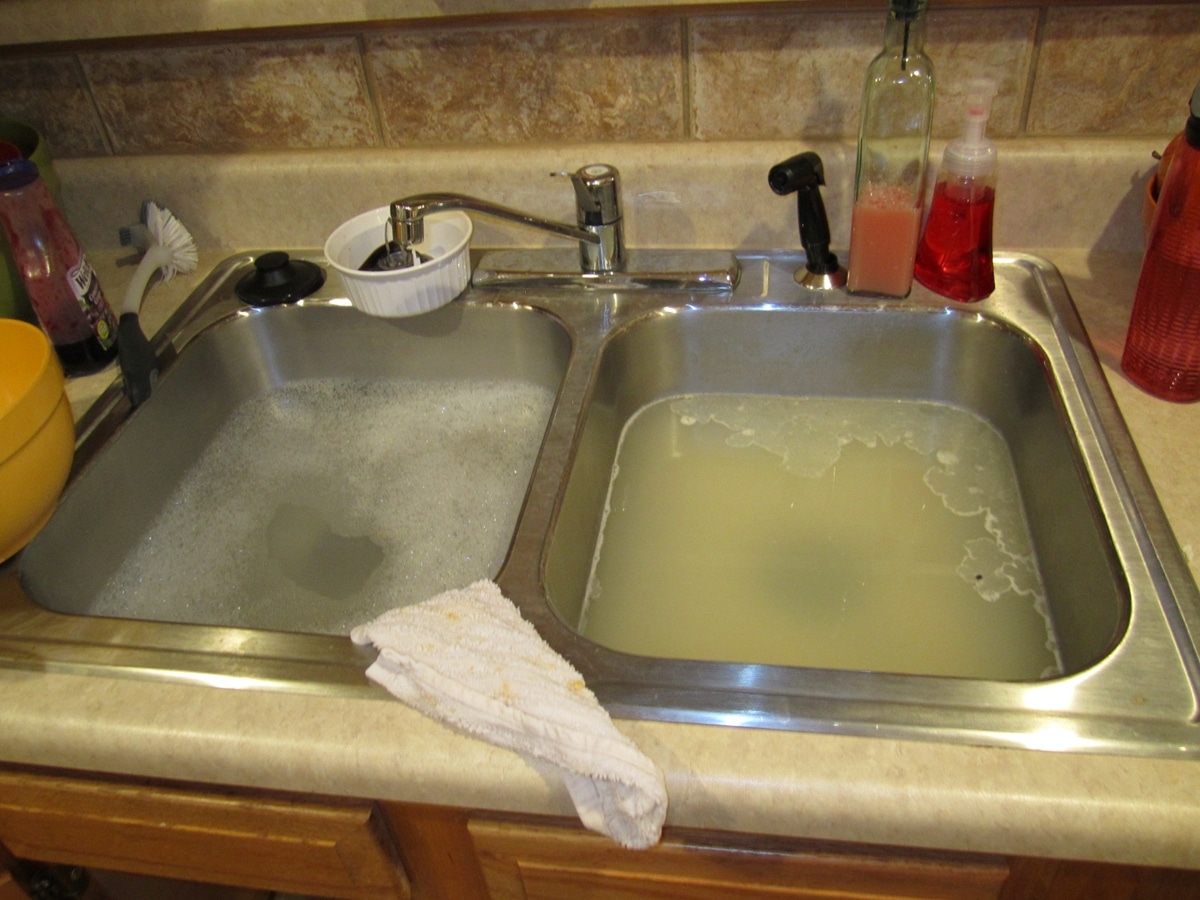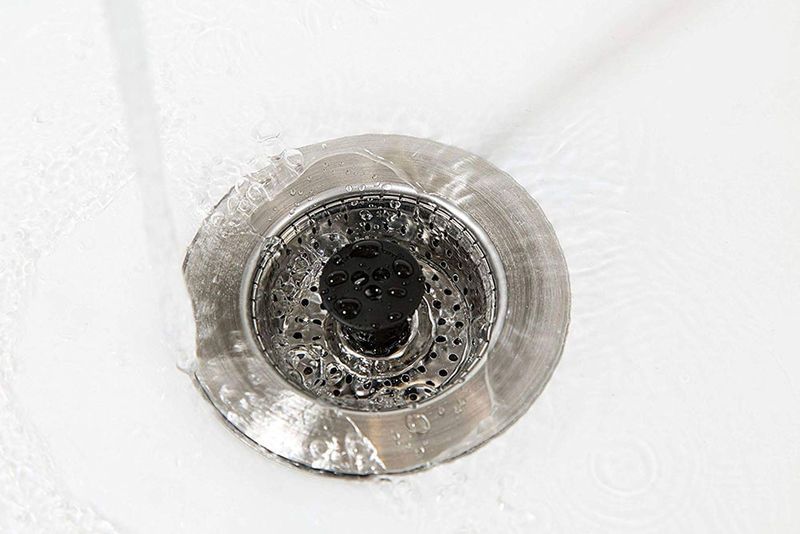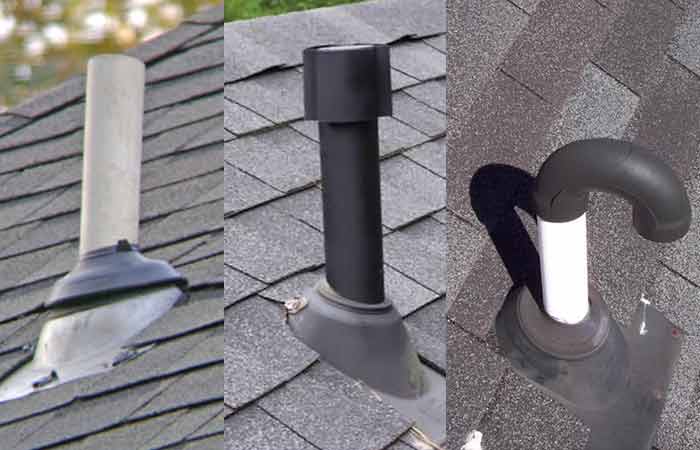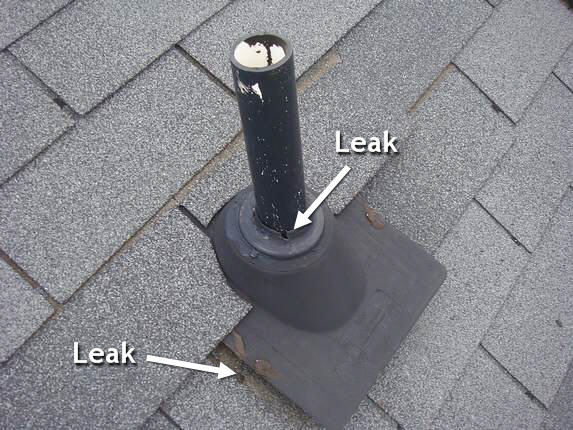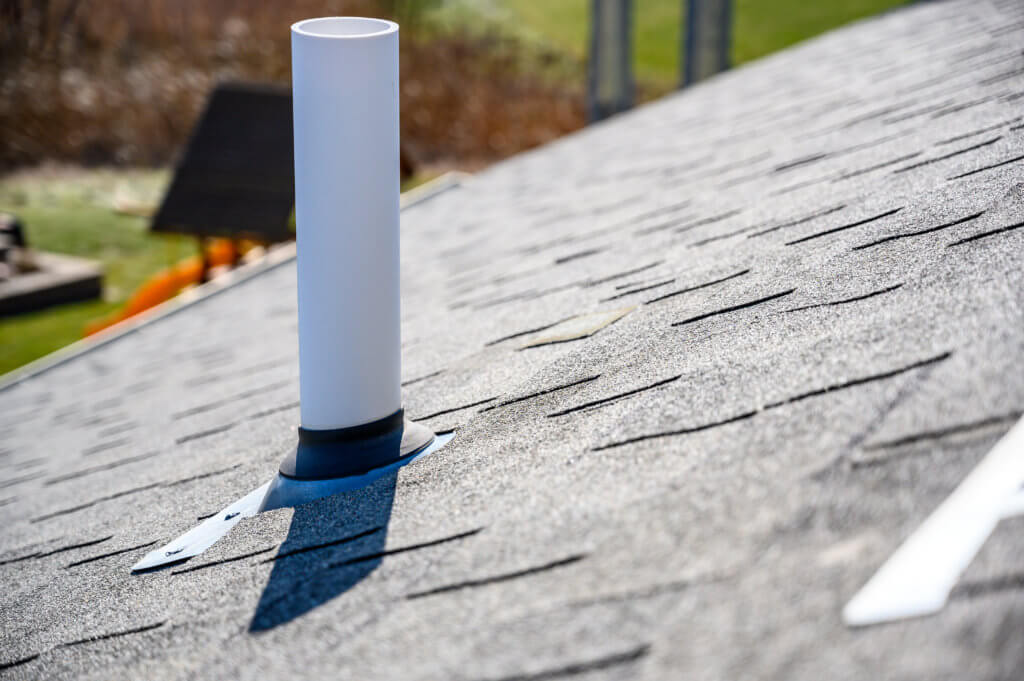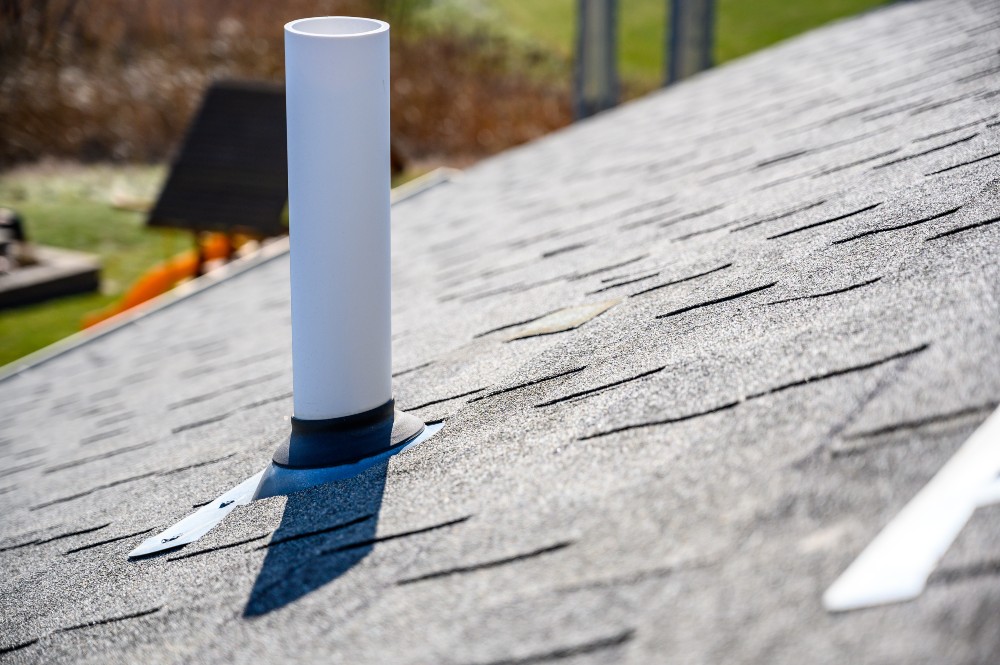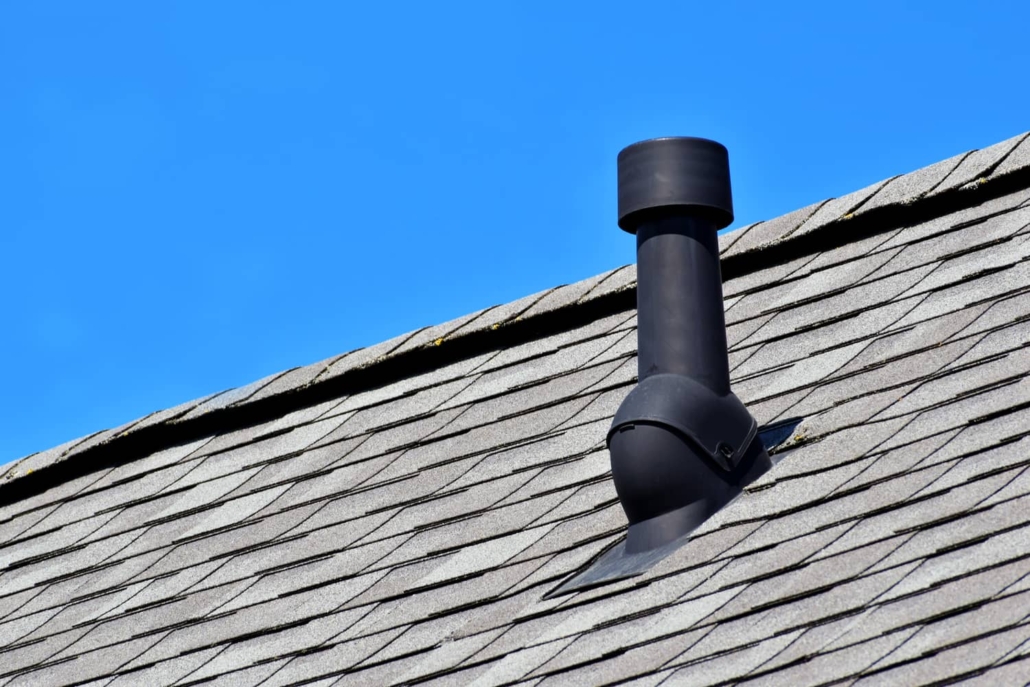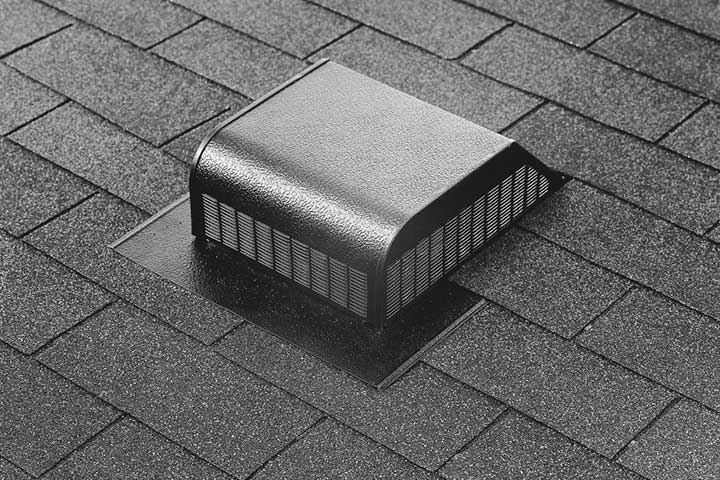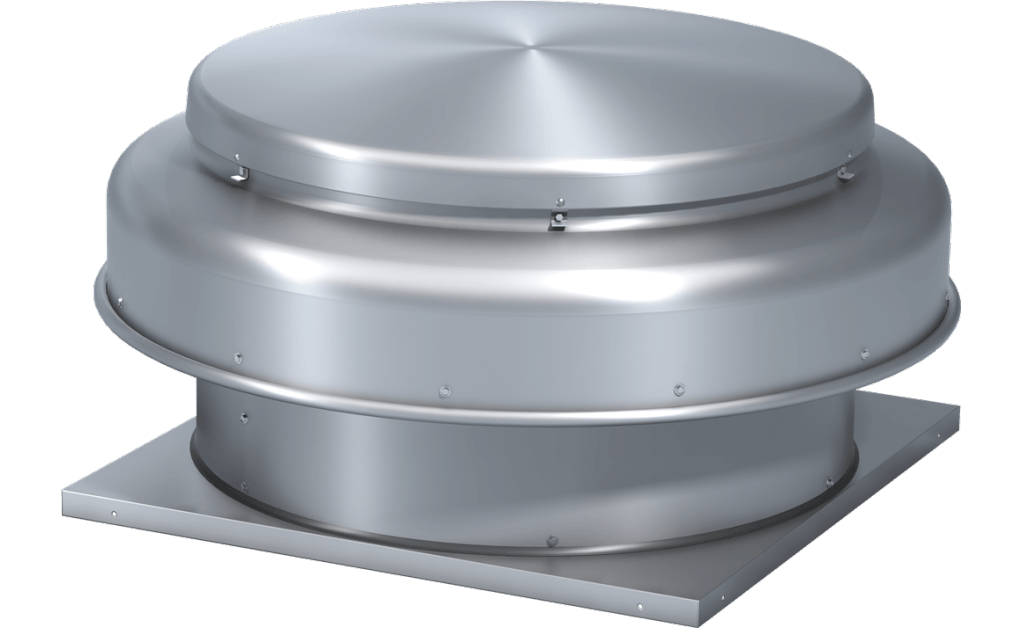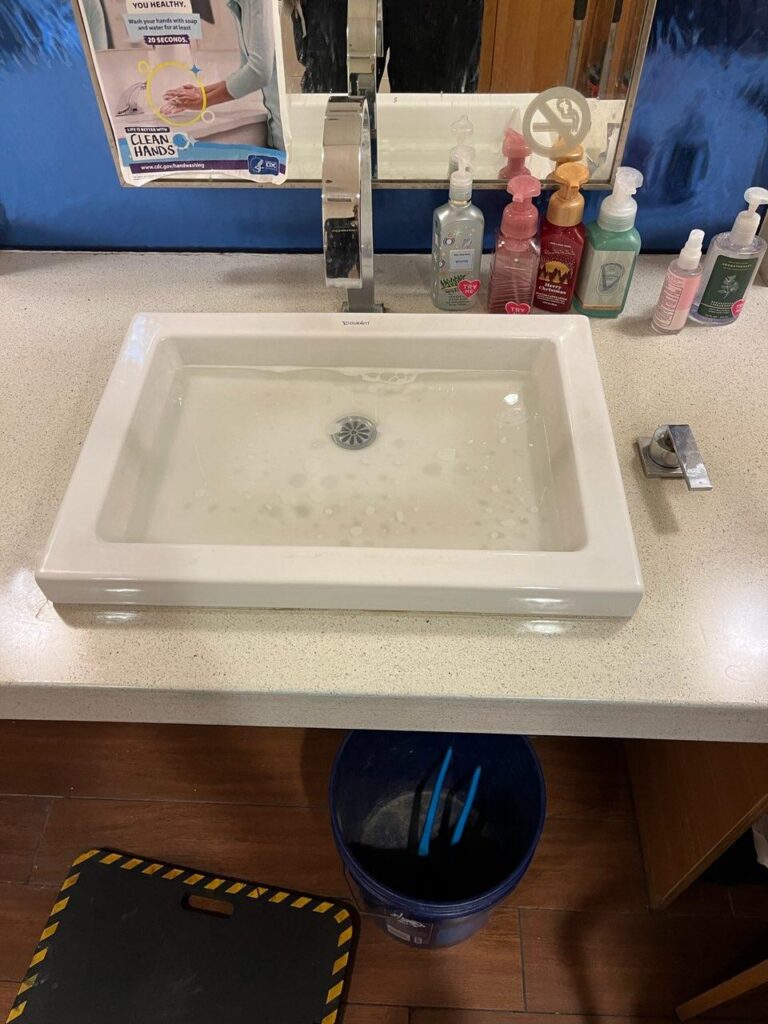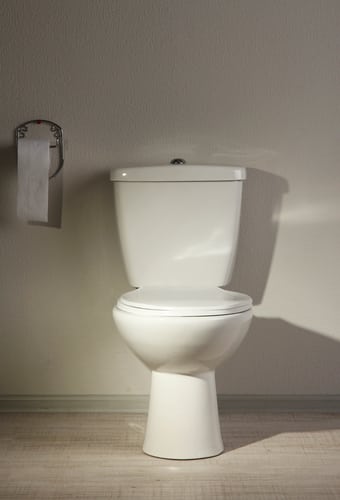Unclogging a Kitchen Sink
If you've ever experienced a clogged kitchen sink, you know how frustrating it can be. Not only does it slow down your daily routine, but it can also lead to unpleasant odors and potential damage to your pipes. But fear not, with a few simple steps you can easily unclog your kitchen sink and get it back to functioning like new.
How to Unclog a Kitchen Sink
There are a few different methods you can try to unclog a kitchen sink. The first step is to remove any standing water from the sink using a cup or bucket. This will help prevent any messes and make it easier to work on the clog. Next, you can try using a plunger to loosen and remove the clog. Simply place the plunger over the drain and push down and up several times to create suction. This can often be enough to dislodge the clog.
If the plunger doesn't work, you can try using a plumbing snake or auger. This long, flexible tool can be inserted into the drain and used to break up and remove the clog. Another option is to use a mixture of hot water, baking soda, and vinegar. Pour a cup of baking soda down the drain, followed by a cup of vinegar. Let it sit for about 20 minutes, then pour hot water down the drain to flush out the mixture and hopefully the clog with it.
Kitchen Sink Clog Solutions
Prevention is key when it comes to kitchen sink clogs. One simple solution is to use a sink strainer to catch any food or debris before it goes down the drain. You can also avoid pouring grease or oil down the sink, as they can harden and cause blockages. Regularly running hot water down the drain can also help prevent clogs by melting any buildup that may be forming.
If you have a garbage disposal, make sure you are using it properly. Avoid putting large, hard items down the disposal and always run plenty of water while using it. You can also keep it smelling fresh by grinding up citrus peels or using a mixture of hot water and baking soda.
DIY Kitchen Sink Clog Removal
If you prefer to try a DIY approach to unclogging your kitchen sink, there are a few different methods you can use. One popular method is using a mixture of hot water, baking soda, and vinegar, as mentioned above. You can also try using a combination of salt and baking soda, or even dish soap and hot water. Just be sure to avoid using chemical drain cleaners, as they can be harmful to your pipes and the environment.
If the clog is particularly stubborn, you may need to take apart the pipes under the sink to manually remove the blockage. This may be best left to a professional plumber, but if you feel comfortable doing it yourself, be sure to have a bucket and towels handy to catch any water that may spill out.
Clearing a Clogged Kitchen Sink
If you've tried all of the above methods and your kitchen sink is still clogged, it may be time to call in a professional. A plumber will have the necessary tools and expertise to remove even the toughest clogs without causing damage to your pipes. They can also inspect your pipes for any potential issues that may be causing recurring clogs.
It's important to address a clogged kitchen sink as soon as possible to prevent any further damage or backups. Ignoring a clog can lead to bigger and more costly problems down the road.
Kitchen Sink Drain Clog Repair
If your kitchen sink drain is constantly clogging, it may be a sign of a larger issue. Over time, debris and buildup can accumulate in your pipes, causing blockages and potentially damaging your plumbing system. In this case, it's best to call a professional plumber to assess the situation and make any necessary repairs.
They may recommend hydro jetting, a process that uses high-pressure water to clear out clogs and clean your pipes. They may also suggest replacing old or damaged pipes to prevent future clogs. Investing in regular maintenance for your plumbing system can save you time, money, and headaches in the long run.
Roof Vent Clog Prevention for Kitchen Sinks
One often overlooked cause of kitchen sink clogs is a clogged roof vent. This vent is responsible for releasing gases and odors from your pipes, and if it becomes clogged, it can lead to slow draining or backups in your sink. To prevent this, it's important to regularly inspect and clean your roof vent to ensure it is free of debris and functioning properly.
You can also install a mesh cover over the vent to prevent debris from getting in, but be sure to regularly clean and replace the cover as needed.
Fixing a Clogged Roof Vent
If you suspect that your kitchen sink clog may be caused by a clogged roof vent, it's best to call a professional plumber. They will have the necessary equipment and expertise to safely and effectively remove the clog without causing damage to your roof or plumbing system.
In some cases, the clog may be caused by a bird's nest or other debris that has fallen into the vent. In these situations, it's important to have the vent cleared and any potential damage repaired to prevent future clogs.
Roof Vent Clog Removal Tips
Prevention is the best way to avoid a clogged roof vent, but if you do find yourself with a clog, there are a few things you can do to try and remove it. First, try using a plumbing snake or auger to break up and remove the clog. If that doesn't work, you can also try using a high-pressure water hose to flush out the vent. Just be sure to use caution and not damage your roof in the process.
If all else fails, it's best to call a professional plumber who can safely and effectively remove the clog and make any necessary repairs.
Preventing Clogs in Kitchen Sink Roof Vents
The best way to deal with a clogged roof vent is to prevent it from happening in the first place. Regularly inspecting and cleaning your roof vent can help prevent debris and buildup from causing clogs. You can also install a mesh cover over the vent to catch any debris before it gets inside.
It's also important to properly maintain your plumbing system to avoid any potential clogs that may cause pressure to build up in the pipes and lead to a clogged roof vent. This includes avoiding pouring grease or oil down the sink and using a sink strainer to catch any food or debris.
Why a Clogged Roof Vent Can Lead to a Kitchen Sink Back-Up

The Importance of Proper Ventilation in House Design
 When designing a house, many factors must be taken into consideration. From the layout and aesthetics to the functionality and safety, every aspect plays a crucial role in creating a comfortable and livable space. However, one aspect that is often overlooked is ventilation. Proper ventilation is essential for maintaining a healthy and comfortable environment in a home. It allows for the circulation of fresh air, removes excess moisture, and eliminates unpleasant odors. When ventilation is not properly planned and maintained, it can lead to a multitude of problems, including a clogged roof vent and a backed-up kitchen sink.
Kitchen Sink Back-Ups: The Culprit is Often a Clogged Roof Vent
A clogged roof vent can cause a variety of issues in a house, one of the most common being a backed-up kitchen sink. The roof vent is a critical part of a plumbing system, responsible for releasing sewer gases and allowing air to flow through the pipes. When the roof vent becomes clogged, air cannot escape, causing a build-up of pressure in the pipes. This pressure can force water back into the sink, resulting in a clog and an unpleasant smell.
When designing a house, many factors must be taken into consideration. From the layout and aesthetics to the functionality and safety, every aspect plays a crucial role in creating a comfortable and livable space. However, one aspect that is often overlooked is ventilation. Proper ventilation is essential for maintaining a healthy and comfortable environment in a home. It allows for the circulation of fresh air, removes excess moisture, and eliminates unpleasant odors. When ventilation is not properly planned and maintained, it can lead to a multitude of problems, including a clogged roof vent and a backed-up kitchen sink.
Kitchen Sink Back-Ups: The Culprit is Often a Clogged Roof Vent
A clogged roof vent can cause a variety of issues in a house, one of the most common being a backed-up kitchen sink. The roof vent is a critical part of a plumbing system, responsible for releasing sewer gases and allowing air to flow through the pipes. When the roof vent becomes clogged, air cannot escape, causing a build-up of pressure in the pipes. This pressure can force water back into the sink, resulting in a clog and an unpleasant smell.
The Signs of a Clogged Roof Vent
 It can be challenging to determine if a clogged roof vent is the cause of a kitchen sink back-up. However, there are some tell-tale signs to look out for. If you notice gurgling sounds coming from your sink drains or slow draining water, it could be a sign that the roof vent is clogged. You may also notice foul odors coming from your sink or even your toilet. These are all indicators that the roof vent is not functioning correctly and needs to be addressed.
Preventing and Fixing a Clogged Roof Vent
The best way to prevent a clogged roof vent is through regular maintenance. Have a professional inspect and clean your roof vent annually to ensure it is free of any debris or obstructions. If you suspect that your roof vent is already clogged, it is best to call a plumber to fix the issue. They will be able to clear the clog and ensure that the roof vent is functioning correctly to prevent any future problems.
In conclusion, proper ventilation is a crucial aspect of house design that should not be overlooked. A clogged roof vent can lead to various issues, including a backed-up kitchen sink. By understanding the signs of a clogged roof vent and taking preventative measures, you can avoid these problems and maintain a healthy and comfortable home.
It can be challenging to determine if a clogged roof vent is the cause of a kitchen sink back-up. However, there are some tell-tale signs to look out for. If you notice gurgling sounds coming from your sink drains or slow draining water, it could be a sign that the roof vent is clogged. You may also notice foul odors coming from your sink or even your toilet. These are all indicators that the roof vent is not functioning correctly and needs to be addressed.
Preventing and Fixing a Clogged Roof Vent
The best way to prevent a clogged roof vent is through regular maintenance. Have a professional inspect and clean your roof vent annually to ensure it is free of any debris or obstructions. If you suspect that your roof vent is already clogged, it is best to call a plumber to fix the issue. They will be able to clear the clog and ensure that the roof vent is functioning correctly to prevent any future problems.
In conclusion, proper ventilation is a crucial aspect of house design that should not be overlooked. A clogged roof vent can lead to various issues, including a backed-up kitchen sink. By understanding the signs of a clogged roof vent and taking preventative measures, you can avoid these problems and maintain a healthy and comfortable home.
/plumber-unclogging-kitchen-sink-169270382-5797a9355f9b58461f27f024.jpg)






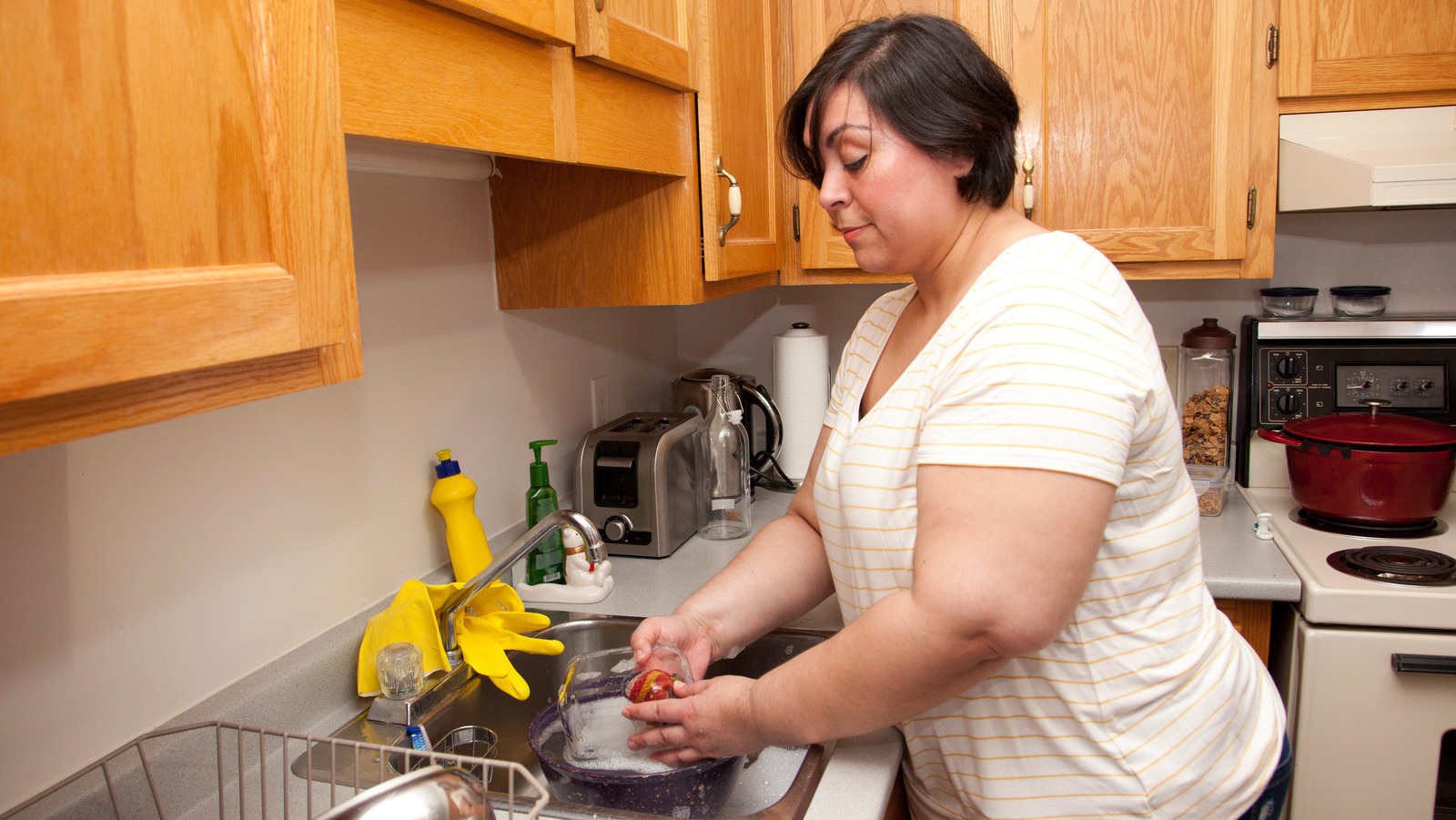


/how-to-unclog-a-kitchen-sink-2718799_sketch_FINAL-8c5caa805a69493ab22dfb537c72a1b7.png)




